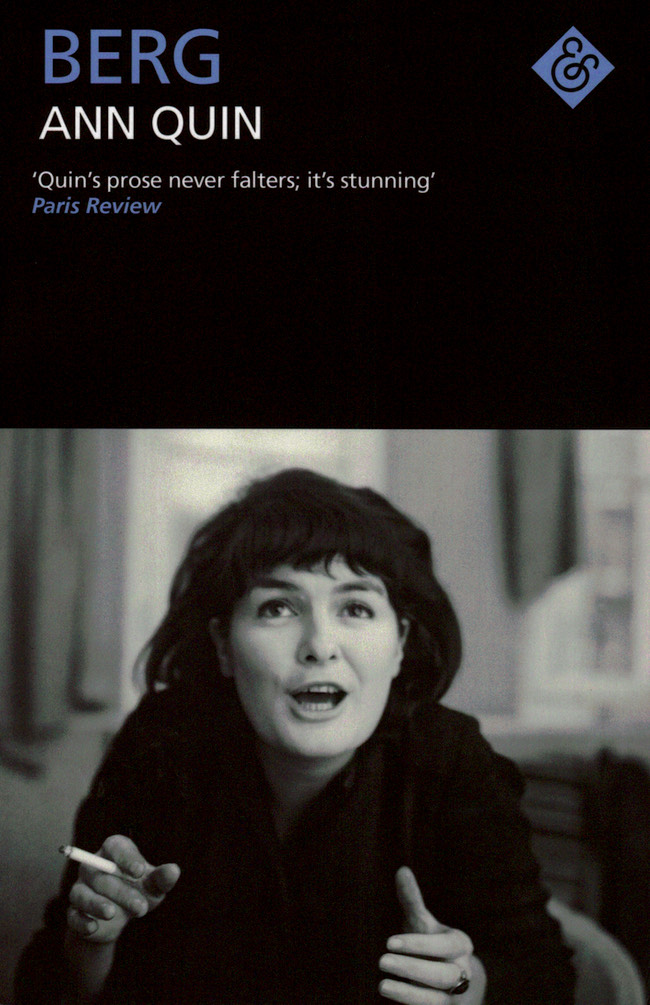
Sirens
‘Masturbation in between the crimes against you will become a deciding matter in the kangaroo court. Philosophical questions will be answered without inquiry.’
If you have ever wondered how a cross between a funding application gone wrong and a tabloid column about the art world would read, this is it. Mellor presents a unique combination of novel and image, creating a polymorphous narrator who moves between personifications. Perhaps the most hazardous of these is Tippy Rampage, who is satisfyingly livid with the state of, well, everything.
In a series of paintings, female police officers from British television shows such as Happy Valley and The Bill are positioned in an array of apocalyptic settings: freezing, burning, and backdropped by flooding. The accompanying text chronicles an acute feeling of being watched, what it feels like to watch whoever is watching you, or, as Mellor writes, how it feels to be kettled in your own flat, by your own paintings.
Fragmented accounts map the protagonist’s shifting relationship to crime, gender, class and sexuality from multiple perspectives: as a child in Gamesley in the ‘70s, a lesbian performer in sex clubs in the mid ‘90s, an artist with and without gallery representation, and as a lecturer within an academic institution. These changes of position mix the language of a rally cry with an acerbic satire of the authorial voice and everyone they encounter.
Published by Montez Press, Sirens is the first novel by Dawn Mellor and includes the complete set of the Sirens paintings.
Dawn Mellor (b.1970) is an artist based in London, who has been exhibiting internationally since the 1990s. Solo exhibitions and special projects include Sixty Years at Tate Britain; London, Vile Affections at Studio Voltaire; London, Dawn Mellor at The Migros Museum; Zurich, Sirens at Team Gallery; New York, Madame X and The Party Tricks at Victoria Miro; London, Michael Jackson On The Wall at The National Portrait Gallery; London (touring), What Happened to Helen? Focal Point Gallery; Southend and Malerei, Böse at Kunstverein; Hamburg.
Language: English







